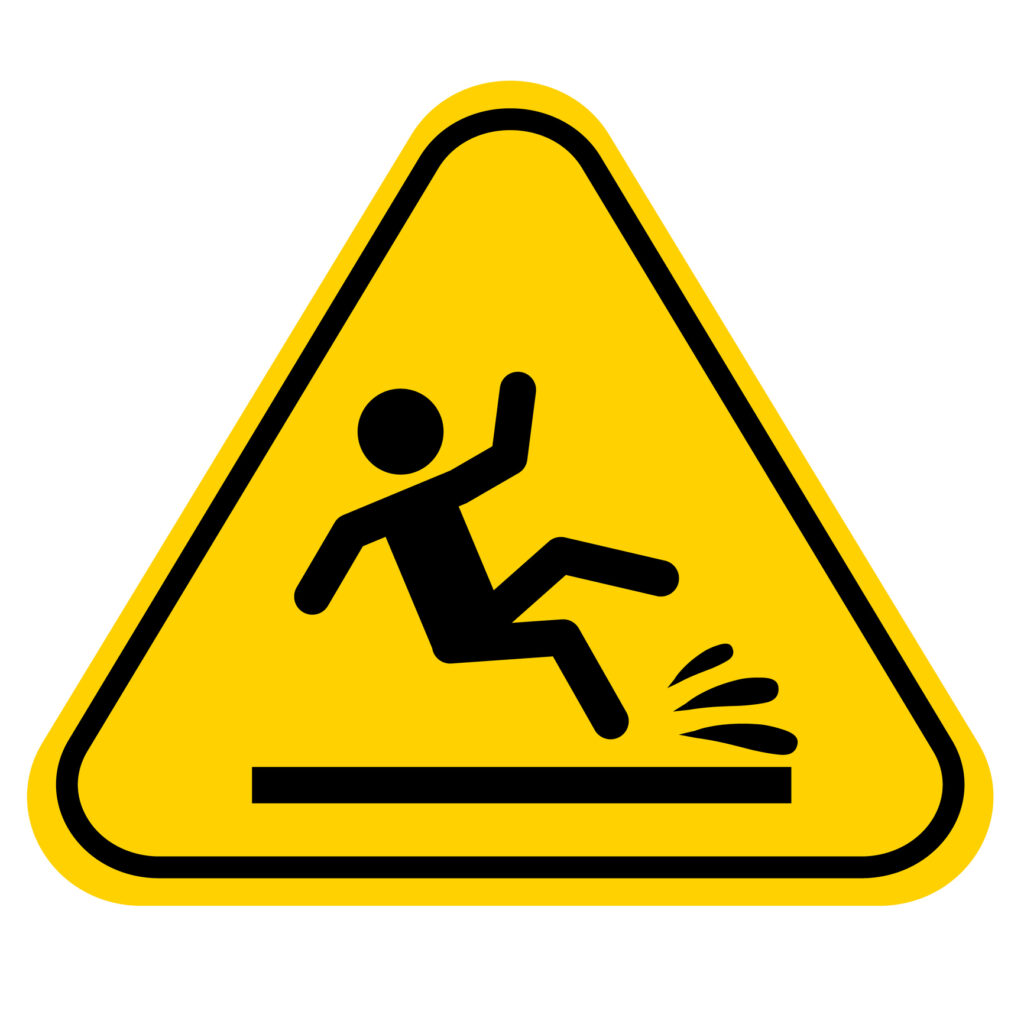5 steps to avoid slips, trips and falls in a fleet yard
More than 42,000 Canadian workers are annually injured in falls, and 67% of those are linked to slips and trips on the same level.
As troubling as those statistics from the Canadian Centre for Occupational Health and Safety appear, gains are being realized. This year the Workers’ Compensation Board of Nova Scotia saw 19 such injuries as of mid-June, compared to 107 in 2018. But even there, slips, trips and falls are second only to motor vehicle accidents when it comes to workplace injuries.

Despite the trucking industry’s ‘tremendous’ progress shown by a nearly 40% decrease in claim volumes, along with a 23% drop in loss-time injuries, preventing such accidents remains a priority, said Dennita Fitzpatrick, the compensation board’s vice-president of prevention and return to work.
“I disagree that accidents like slips, trips and falls just happen – and every one of those is a completely preventable injury. And the notion of injury prevention is moving from knowing to caring.”
Here are five ways to prevent such injuries in a fleet yard.
1. Approach accidents individually
Barry Nakahara, senior manager of prevention field services at WorkSafe B.C., said owners of fleet yards are responsible for looking into each slip, trip, or fall. He believes talking to those affected by these injuries is essential to understanding how and when they happen.
Slips and falls are not always caused by seasonal factors, Nakahara explained, adding that a better understanding will help identify the most suitable risk controls.
“There is no solution that will fit all.”
2. Plan for seasonal changes
Robert McLellan, national safety director at GFL Environmental, recommends updating a facility preparedness plan every spring and fall to address seasonal changes.
“Especially in winter, you need to be ready for the weather, including preparing shovels, ice melts, and lining up snow removal contracts. If the clutter is not removed from the walkways or potholes are not fixed on time, the snow will cover them, creating yet another hidden tripping hazard,” he said.
Yard owners can also clear trailer roofs using automated snow removal machines that incorporate snow blowers or plow blades. Doing so will save drivers the trouble of climbing on top of their trucks to clean them.
Nakahara pointed out that falls from the vehicles account for a big share of injuries in B.C. However, he said this issue often gets overlooked.
3. Maintain three points of contact
As much as yard owners are responsible for ensuring safe work environments, drivers themselves have to be cautious at all times. This includes following the ‘three points of contact’ rule. Despite being known across the industry, it is the one that gets broken frequently.
“It happens because of complacency,” McLellan said. “Drivers hop in and out of the truck hundreds of times a week. They get used to rushing, lose focus, and subsequently, [lose] track of what they’re doing.”
Hurried drivers fail to maintain two hands and one foot, or two feet and one hand, on the equipment. Some climb in and out of the truck while holding something in their hands.
However, according to McLellan, most injuries happen when drivers get out of the vehicle in slippers or sneakers that do not create the needed traction, or without gloves that ensure a firm grip on handles.
4. Choose the proper PPE
Proper personal protective equipment (PPE) remains one of the keys to preventing injuries.
“We always look at PPE as a hazard-specific control,” said McLellan.
According to him, it is essential to know what PPE to use and when. If chosen incorrectly, the equipment might just as well become an additional hazard, especially when it comes to protective boots. For example, the sole that adds traction and works well on ice might get slippery on hard surfaces. So, choosing footwear for specific tasks is vital.
5. Ask the questions
According to Nakahara, drivers can choose the right PPE for the job and watch for specific dangers if they know what tasks they will perform and where. But planning gets tricky because drivers have to work in unknown environments most of the time.
“Ideally, we need the employers at both sites to have some communication mechanism to inform their truckers of the yard’s condition and what is needed for their site,” said Nakahara. He believes dispatchers must warn drivers of hazards like blind spots, potholes, cables, and clutter on walkways.
“In any case, drivers should be able to call and ask the question.”
Have your say
This is a moderated forum. Comments will no longer be published unless they are accompanied by a first and last name and a verifiable email address. (Today's Trucking will not publish or share the email address.) Profane language and content deemed to be libelous, racist, or threatening in nature will not be published under any circumstances.